The Rise of Smart Rings: Tracking Health Metrics Without Wearing a Watch
Introduction – The Evolution of Wearable Health Tech
The world of wearable technology is changing fast. Over the past decade, smartwatches and fitness bands have dominated the market, helping people stay connected while monitoring their health. But as we enter 2025, a new generation of devices is making waves — smart rings.
Smart rings are sleek, discreet, and packed with advanced sensors that can track everything from heart rate to sleep quality. Unlike bulky watches, they combine minimalism with powerful health insights. These tiny devices are redefining how we interact with our health data — comfortably and stylishly.
According to recent market reports, the global smart ring industry is expected to surpass $1.5 billion USD by 2027, growing at an annual rate of over 28%. This surge is fueled by consumer demand for wearable devices that are less intrusive yet equally capable.
As big names like Oura, Samsung, Ultrahuman, and RingConn enter the scene, smart rings are quickly becoming a symbol of the future of personal wellness.
What Are Smart Rings?
Smart rings are compact, intelligent devices designed to be worn on your finger, just like traditional rings. Inside their small form factor are multiple sensors and chips that collect biometric data continuously.
These rings can track health metrics such as heart rate, blood oxygen (SpO₂), body temperature, and even stress levels. They connect wirelessly to your smartphone, allowing you to view your health statistics in real time through an app.
Unlike most smartwatches, smart rings are designed for constant wear — even while sleeping or exercising. They are made from durable materials like titanium, ceramic, or medical-grade plastic to ensure comfort and longevity.
How Smart Rings Track Health Metrics
Smart rings rely on a combination of miniaturized sensors, AI algorithms, and wireless communication technologies. Here’s how they work:
- Optical Heart Rate Sensor (PPG): Measures changes in blood flow to determine heart rate.
- Temperature Sensor: Detects skin temperature variations that may indicate stress, illness, or menstrual cycles.
- Accelerometer: Tracks movement, steps, and sleep patterns.
- SpO₂ Sensor: Measures oxygen saturation, giving insights into respiratory health.
- Bioimpedance Sensor: Analyzes hydration and other body metrics.
- Bluetooth Chip: Syncs data to your smartphone for analysis.
When combined, these sensors create a comprehensive picture of your physical and mental health. AI-based analytics interpret your data, generating insights such as sleep quality, readiness scores, and stress trends.
Smart Rings vs Smartwatches
| Feature | Smart Ring | Smartwatch |
|---|---|---|
| Design | Small, minimalistic | Larger, screen-based |
| Comfort | Extremely lightweight | Noticeable on wrist |
| Battery Life | 3–7 days | 1–3 days |
| Accuracy | Highly accurate (closer to arteries) | Depends on model and fit |
| Display | No screen (uses app) | Built-in touch screen |
| Health Tracking | Heart rate, SpO₂, temperature, sleep | Similar features, more visual data |
| Style Factor | Elegant and discreet | Sporty or professional |
| Price Range | $200–$500 | $250–$700 |
| Durability | High (scratch-resistant materials) | Moderate, depends on build |
| Ideal For | Daily health monitoring and style | Active users and multitasking |
Smart rings focus on continuous monitoring rather than notifications or apps. Their simplicity is their strength — offering meaningful insights without distractions.
Top Smart Rings in 2025
1. Oura Ring Gen 4
Oura remains the market leader in smart rings. The 2025 version offers improved sensors, AI-based stress tracking, and seamless integration with iOS and Android health platforms. It provides sleep tracking, heart rate variability, and body temperature trends.
2. Samsung Galaxy Ring
Expected to officially launch in 2025, the Galaxy Ring is one of the most anticipated devices. It will sync with Galaxy smartphones and the Samsung Health ecosystem, offering ECG monitoring, sleep tracking, and potential integration with Samsung Pay.
3. Ultrahuman Ring Air
The Ultrahuman Ring Air focuses on fitness optimization. It tracks recovery, metabolism, and daily readiness, combining biometric data with AI-powered coaching. The brand positions itself as the “smart ring for athletes.”
4. RingConn Smart Ring
Known for affordability, the RingConn Smart Ring delivers impressive accuracy and battery life at a lower price. It’s waterproof and offers advanced sleep analytics comparable to Oura.
5. Circular Ring 2
The Circular Ring 2 focuses on smart coaching. Its AI assistant “Kira” provides personalized recommendations on recovery, focus, and energy. It’s one of the first smart rings with active feedback for lifestyle improvement.
6. Movano Evie Ring
Designed specifically for women, the Evie Ring provides medical-grade health data, focusing on menstrual tracking, recovery, and stress management. It’s FDA-cleared, making it a major milestone for health wearables.
Health and Fitness Benefits of Smart Rings
Smart rings go far beyond step counting. Their advanced sensors allow users to gain deeper insights into their bodies:
- Heart Health: Continuous heart rate and HRV monitoring detect early signs of stress or fatigue.
- Sleep Quality: Tracks sleep stages and provides detailed insights for better rest.
- Temperature Monitoring: Detects changes that may indicate illness or hormone fluctuations.
- Stress and Recovery: HRV data helps determine stress levels and recovery readiness.
- Activity and Calories: Encourages movement by tracking steps, calories, and activity duration.
- Menstrual Health: Rings like the Evie provide detailed reproductive health data.
The beauty of smart rings is how effortlessly they fit into daily life — providing constant feedback without overwhelming the user.
Beyond Health – Lifestyle Features
In 2025, smart rings are expanding beyond health tracking. Some models now support:
- Contactless Payments: NFC technology allows tap-to-pay convenience.
- Gesture Control: Certain rings let users control smart devices or presentations with simple hand movements.
- Sleep Optimization: Rings integrate with smart home devices to adjust lighting and temperature automatically.
- Notifications: Discreet vibrations notify you of calls, messages, or alarms.
- AI Integration: Future models will use generative AI to interpret health data and recommend lifestyle improvements.
Market Trends and Growth Predictions
The demand for health wearables has skyrocketed in the last five years. According to IDC’s 2025 Wearable Forecast, over 60 million smart rings are expected to be sold by 2030.
Key growth drivers include:
- Rising awareness of preventive health.
- Increased interest in minimalist tech.
- Growth in female-focused wearables.
- Partnerships with healthcare providers.
North America and Asia are leading markets, but Europe’s adoption is catching up, especially with Samsung’s entry into the ecosystem.
Challenges and Limitations
Despite their promise, smart rings face a few challenges:
- Limited Display: Without a screen, users must rely on apps for detailed information.
- Size Constraints: Fitting advanced sensors into a small ring remains technically complex.
- Data Accuracy: Finger-based sensors are more accurate but can vary based on fit.
- Privacy Concerns: Health data security and compliance with GDPR and HIPAA are crucial.
- Compatibility: Some rings work best within specific ecosystems (e.g., Samsung Health).
Manufacturers are continuously working to address these issues through improved firmware, AI calibration, and tighter integration with medical platforms.
The Future of Smart Rings
The future of smart rings looks incredibly promising. With AI integration, personalized coaching, and new materials, these devices will become even more accurate and versatile.
Emerging technologies like energy harvesting may soon allow smart rings to charge themselves from body heat or motion. Integration with augmented reality (AR) and neural interfaces could turn smart rings into gesture-based controllers for virtual environments.
Fashion designers are also collaborating with tech brands to make smart rings more customizable — turning them into luxury accessories that balance fashion and function.
By 2030, smart rings could become as common as smartphones — an essential part of digital life.
Conclusion – Are Smart Rings the Future of Wearable Tech?
Smart rings have moved from curiosity to credibility. They offer everything health-conscious consumers need — data accuracy, comfort, style, and discretion.
For those who want the benefits of health tracking without wearing a watch, smart rings are the ideal solution. They represent not just an advancement in technology but a shift in how we value personal wellness and design.
The next few years will determine how quickly this trend overtakes smartwatches, but one thing is clear — the era of the smart ring has officially begun.
FAQs
1. Are smart rings as accurate as smartwatches?
Yes. In many cases, smart rings provide even more accurate heart rate and SpO₂ readings due to their finger-based sensors.
2. How long does a smart ring battery last?
Most smart rings last between 3 and 7 days on a single charge.
3. Can I wear a smart ring while swimming?
Yes, most models are water-resistant and safe for swimming or showering.
4. Are smart rings suitable for athletes?
Absolutely. Devices like Ultrahuman Ring Air are specifically built for fitness and recovery tracking.
5. Do smart rings collect my personal data?
Yes, but reputable brands follow strict privacy policies and encryption standards to protect user data.
Share this content:
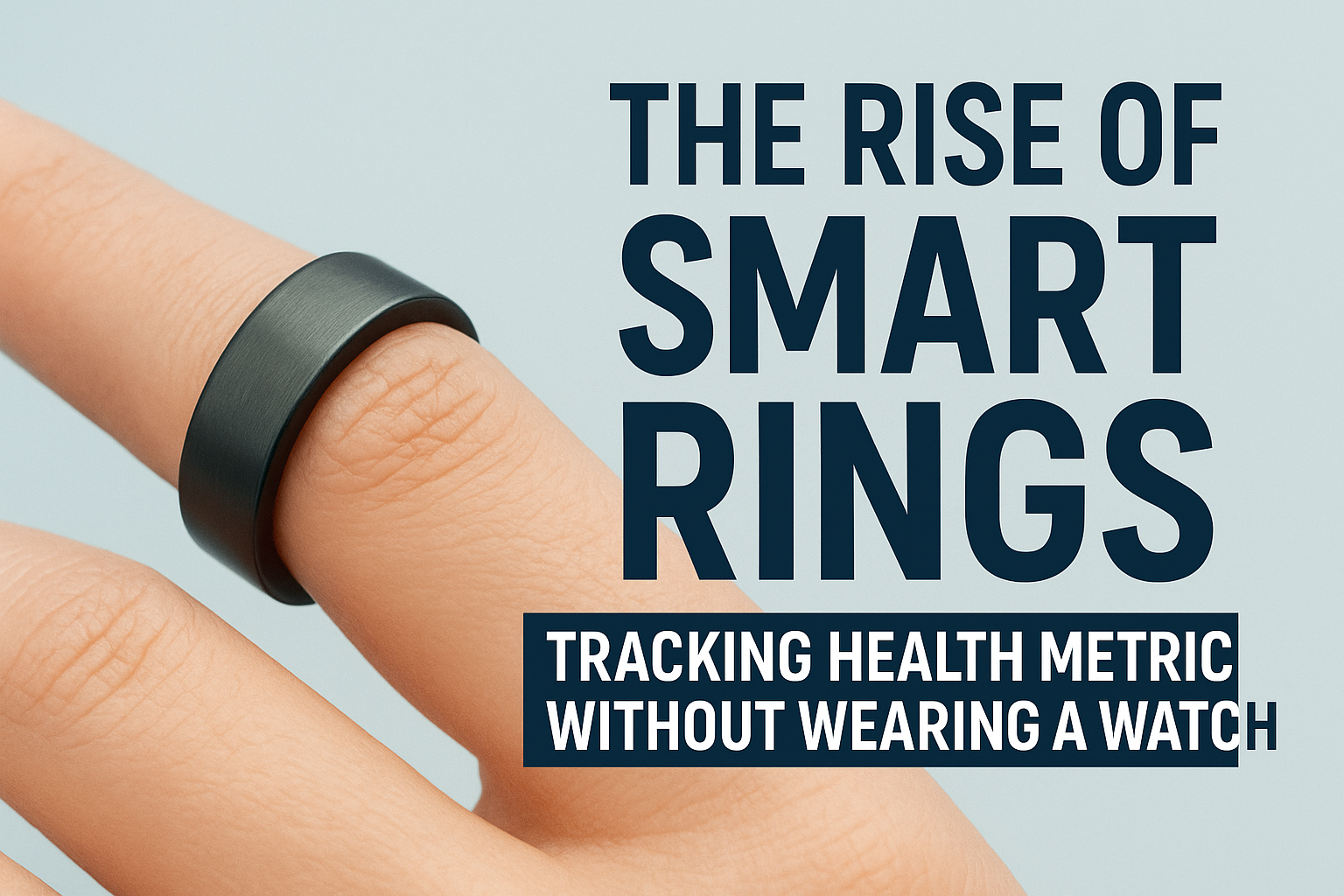

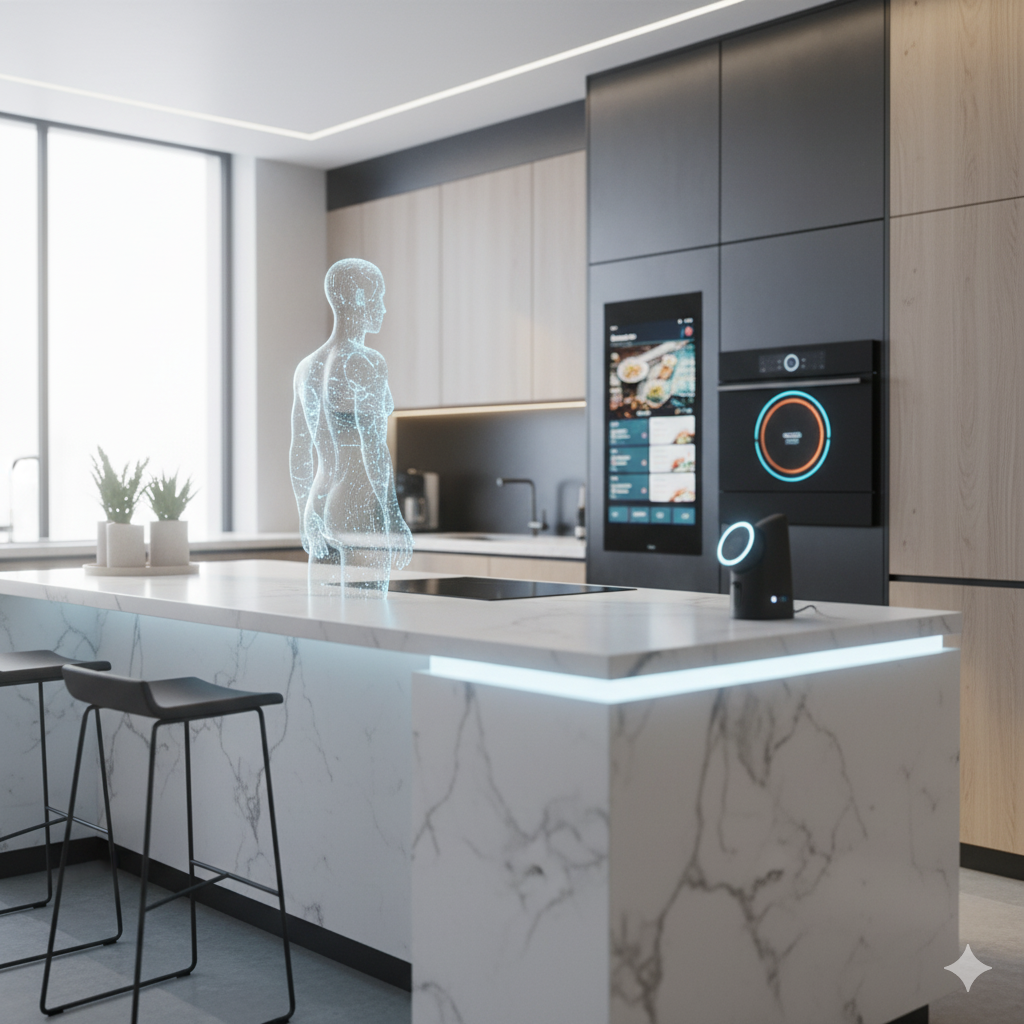


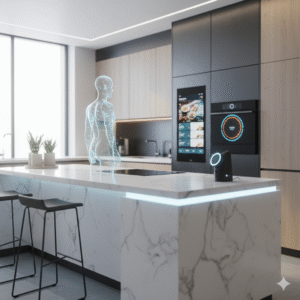
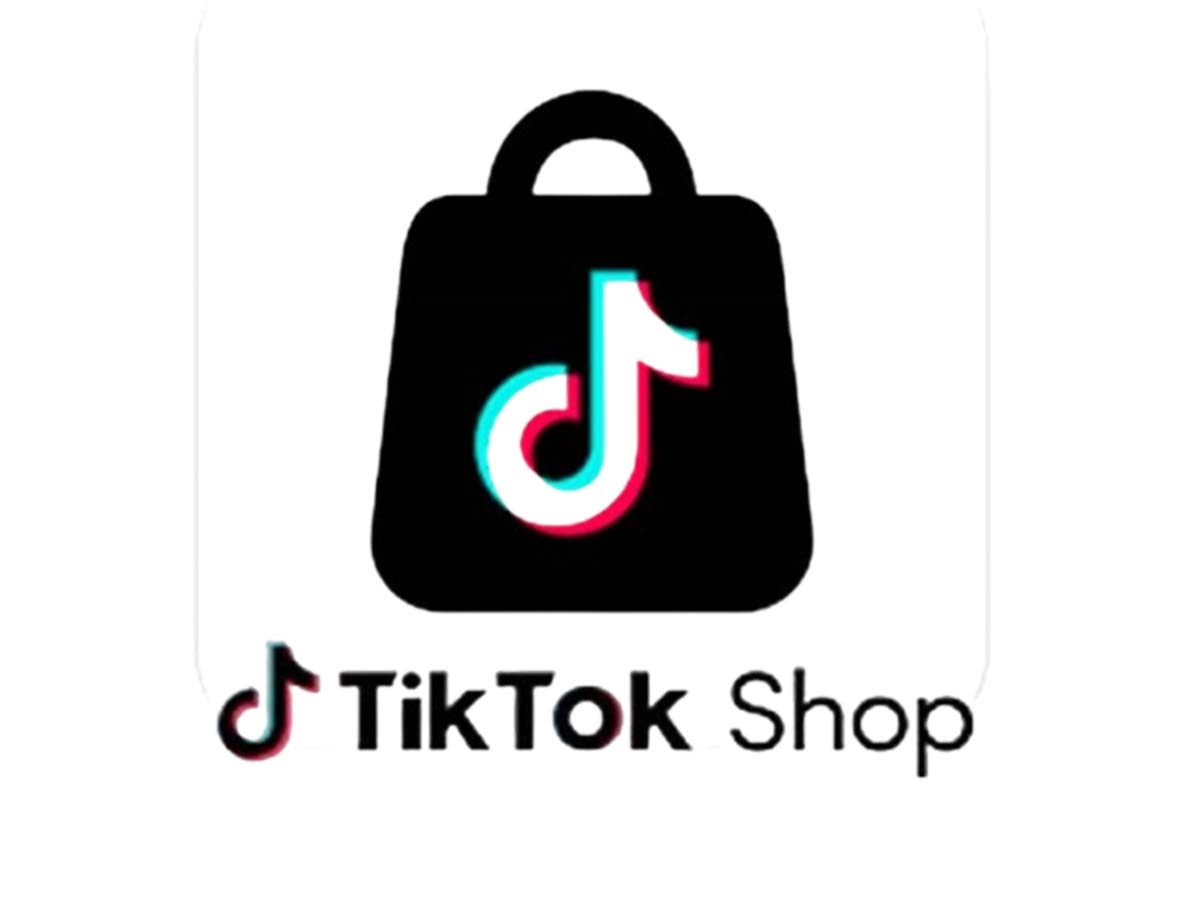




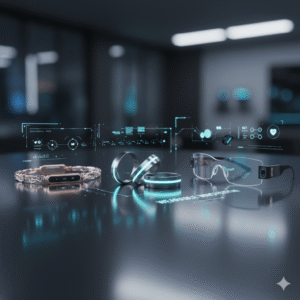

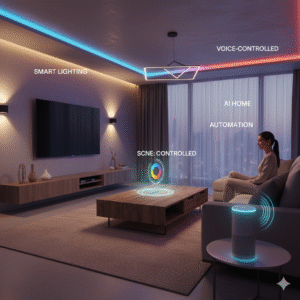
Post Comment